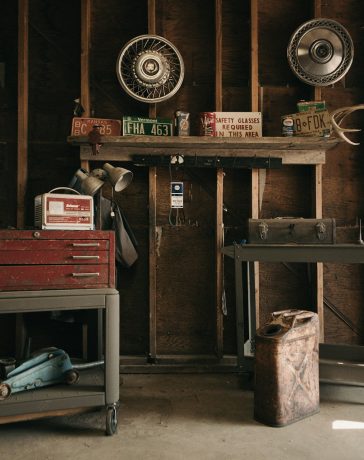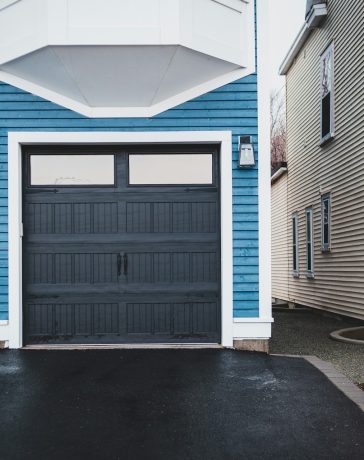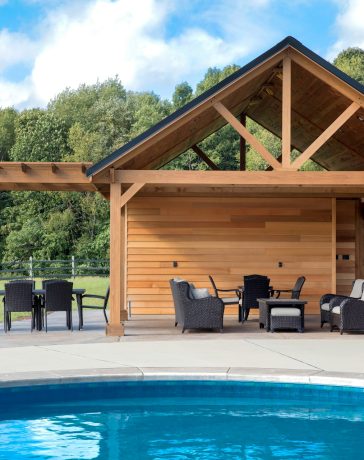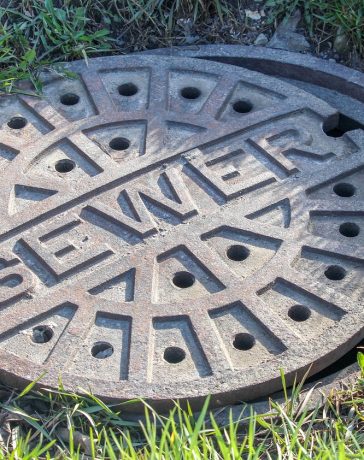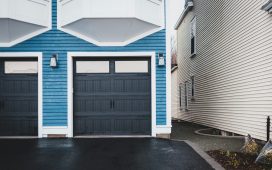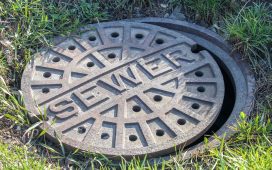Key Takeaways
- Most insurance claims result from preventable situations, such as water leaks, accidental fires, or home break-ins.
- Intentional home maintenance and affordable security upgrades help prevent potential claims and property losses.
- Proactive prevention safeguards your assets and can lead to cost savings, less stress, and peace of mind.
- Leveraging current research and expert safety advice empowers homeowners to avoid common hazards for greater protection.
Table of Contents
- What Are the Most Common Home Insurance Claims?
- Combating Water Damage: Tips That Work
- Reducing Fire Hazards in Your Home
- How to Deter Theft and Break-Ins
- Limiting Damage from Natural Disasters
- Steps for Proactive Home Maintenance
- The Connection Between Prevention and Savings
What Are the Most Common Home Insurance Claims?
Homeowners may believe that catastrophic events are the leading cause of insurance claims, but research shows that everyday incidents lead to most claims. According to the Insurance Information Institute, claims such as those for wind and hail, water damage, fire, and theft occur much more frequently than most expect. For example, about one in twenty insured homes makes a claim each year, with wind and hail comprising approximately 39%. Water damage is close behind, as minor leaks can cause immense damage if left unchecked. Fire, meanwhile, accounts for fewer claims but is notorious for resulting in the most severe property losses.
While insurance is crucial, prevention is just as essential. The first step for any homeowner is understanding what their policy covers and what steps they can take to reduce risks. Reading your policy and considering local options like home insurance Ft Myers FL, can provide valuable protection for your needs. By learning about local risks, policy exclusions, and best preventive practices, homeowners become empowered to defend their property and belongings against the most likely sources of trouble.
Combating Water Damage: Tips That Work
Water damage is one of the most frequent—and costly—perils for homeowners. It can stem from a burst pipe, a slow appliance leak, an overflowing washing machine, or even a damaged roof letting in a heavy downpour. Many homeowners don’t realize that a tiny leak under the sink or a wet patch on the wall could signal a growing problem that could result in an expensive, disruptive claim.
- Inspect frequently: Make a habit of checking beneath sinks, around water heaters, behind toilets, and along visible pipes for moisture, stains, or discoloration. Early detection often means a minor repair instead of a flooded room.
- Upgrade hoses: Many household floods start with faulty hoses. Replace washing machine and dishwasher hoses every five years or sooner, especially if made from rubber instead of reinforced stainless steel.
- Monitor your water bill: An unexplained increase could indicate a leak beneath floors or behind walls. Don’t disregard minor jumps in monthly usage.
- Consider leak detectors: Modern smart home water sensors will alert you to moisture and sometimes trigger an automatic shut-off valve to prevent further destruction. These devices have become more affordable and can usually be installed in under an hour.
- Maintain your roof and gutters: Clogged gutters can force rainwater under shingles or into the home’s foundation. Clean gutters twice a year, and after any significant storm, look for missing shingles, damaged flashing, or leaks around skylights.
As Consumer Reports notes, these simple, scheduled habits can prevent a large percentage of the claims and headaches homeowners face each year.

Reducing Fire Hazards in Your Home
Fires in the home might be less common than other insurance claims, but when they do strike, the losses can be devastating. Kitchen mishaps, electrical faults, neglected appliances, or burning candles increase the risk of a house fire. Each year, thousands of homes are damaged or destroyed by an accident that—according to experts—could have been prevented with basic safety routines.
- Install and maintain smoke detectors: Place alarms in every bedroom, on each floor, and in hallways. These alarms should be tested monthly, and their batteries should be replaced every six to twelve months. Homes with interconnected smoke alarms, where all alarms sound if one detects smoke, see significantly fewer fatalities from fires.
- Keep a fire extinguisher: At least one in the kitchen and others near fire-prone areas, such as garages or furnace rooms. Learn how to use them before an emergency occurs.
- Schedule electrical check-ups: Hire a licensed electrician to inspect older wiring every few years. Warning signs like flickering lights, sparking outlets, or frequently tripped breakers shouldn’t be ignored.
- To avoid overloading circuits, only use one high-wattage appliance per outlet and upgrade power strips to those with surge protection.
- Practice safe cooking: Stay in the kitchen and keep flammable materials away from stovetops or open flames. Use timers for baking or simmering dishes.
Among the most trusted resources, FEMA’s Home Fire Safety guidance provides actionable steps to lower the risk of fires that, if followed, can save both property and lives.
How to Deter Theft and Break-Ins
Theft and burglary aren’t just about property loss; they can also shatter your sense of safety and comfort at home. Fortunately, studies show that most intruders look for easy opportunities. Homeowners who install simple deterrents can dramatically reduce the risk of a break-in.
- Install innovative security systems: Modern options include doorbell cameras, smart locks, and motion-sensor outdoor lights. Visible cameras and alarm stickers are often enough to make criminals move on.
- Reinforce doors and windows: Upgrading to deadbolts, using pins in sliding doors, and applying security film to accessible windows make forced entry much more difficult.
- Keep landscapes tidy: Trim shrubs and lower tree branches near windows to eliminate hiding spots. Install prickly plants beneath first-floor windows for an extra deterrent.
- Don’t broadcast absences: Place mail and paper delivery on hold while traveling, and use timers to create the illusion of activity. Ask a trusted neighbor to park in your driveway or monitor your property.
- Neighborhood collaboration: Neighborhood watch programs consistently lower local crime rates. Get to know your neighbors, communicate about travel plans, and report suspicious activity. As AAA’s home security experts highlight, community vigilance significantly boosts everyone’s safety.
With just a few dedicated changes and leveraging newer security technologies, homeowners make their homes less attractive to unwanted visitors.
Limiting Damage from Natural Disasters
Weather events can’t always be predicted or prevented, but their impact on homes can be significantly reduced. Advanced warnings for storms, tornadoes, or hurricanes make preparation possible, and many improvements can be made during the off-season to avoid extensive damage.
- Secure loose outdoor furniture, tools, and gardening items before wind events. These items become dangerous projectiles in storms.
- Install storm shutters or upgrade to impact-resistant glass to shield your home from wind and flying debris. In hurricane zones, garages are replaced with rated models.
- Trim trees in hurricane zones and remove weak branches before storm season to prevent roof and window damage.
- Create a thorough inventory of your possessions. If possible, include photos, receipts, and serial numbers. Store the list in a safe location or use cloud backup. This enables quick claims and easy recovery after disaster strikes.
Data indicates that homes with upgraded roofs and protected windows experience less property loss. Investing in preparation reduces the long-term costs and emotional toll that often follow severe weather.
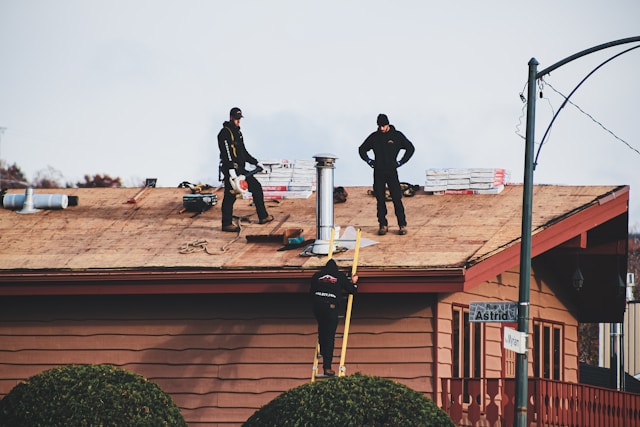
Steps for Proactive Home Maintenance
Routine care forms the backbone of claim prevention. Problems like slow leaks, minor cracks, overdue filter changes, or clogged gutters might seem trivial now, but often spiral into major headaches down the road. Developing a seasonal checklist ensures critical maintenance steps aren’t forgotten, and each season brings unique concerns.
Seasonal Home Maintenance Checklist
- Spring: Walk your home’s exterior; inspect roofs, siding, and window seals for winter damage. Clean out gutters and check that downspouts direct water away from the foundation.
- Summer: Test smoke and CO detectors, prune trees, and service air conditioning units. Inspect foundations, decks, and fences for shifting or decay.
- Fall: Prepare all heating systems, seal gaps to prevent drafts, and service major appliances. Clean and inspect fireplaces and chimneys if used.
- Winter: Watch for ice dams on roofs, clear walkways and driveways, insulate exposed pipes, and monitor attic and basement areas for drafts or water entry.
A few minutes invested in maintenance each season can prevent thousands of dollars in damage and avoid drawn-out insurance claims. Track your efforts for potential policy discounts.
The Connection Between Prevention and Savings
Thoughtful prevention doesn’t just stop claims—it can lower your premiums. Many insurance companies reward homeowners for adding security systems, water sensors, or fire and carbon monoxide alarms. Documentation of your maintenance habits or proof of smart upgrades often qualifies you for policy credits or tailored protection.
The financial benefits become clear after just a few years. Investing in a smart security camera or leak detector can be offset by premium discounts, while a strong loss history protects you from rate hikes and coverage restrictions. Combining fewer claims, steadier rates, and a safer home is priceless.














